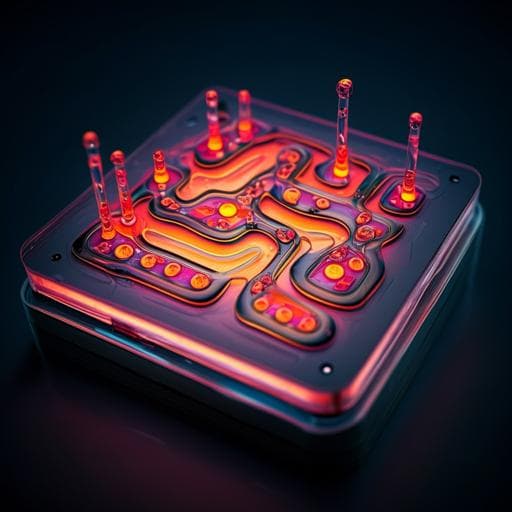
Engineering and Technology
Chip-based ion chromatography (chip-IC) with a sensitive five-electrode conductivity detector for the simultaneous detection of multiple ions in drinking water
X. Li and H. Chang
Discover the innovative miniaturized chip-based ion chromatography system developed by Xiaoping Li and Honglong Chang for efficient multiparameter water quality monitoring. This breakthrough technology integrates advanced components on a PMMA chip for superior sensitivity and rapid analysis.
~3 min • Beginner • English
Related Publications
Explore these studies to deepen your understanding of the subject.







